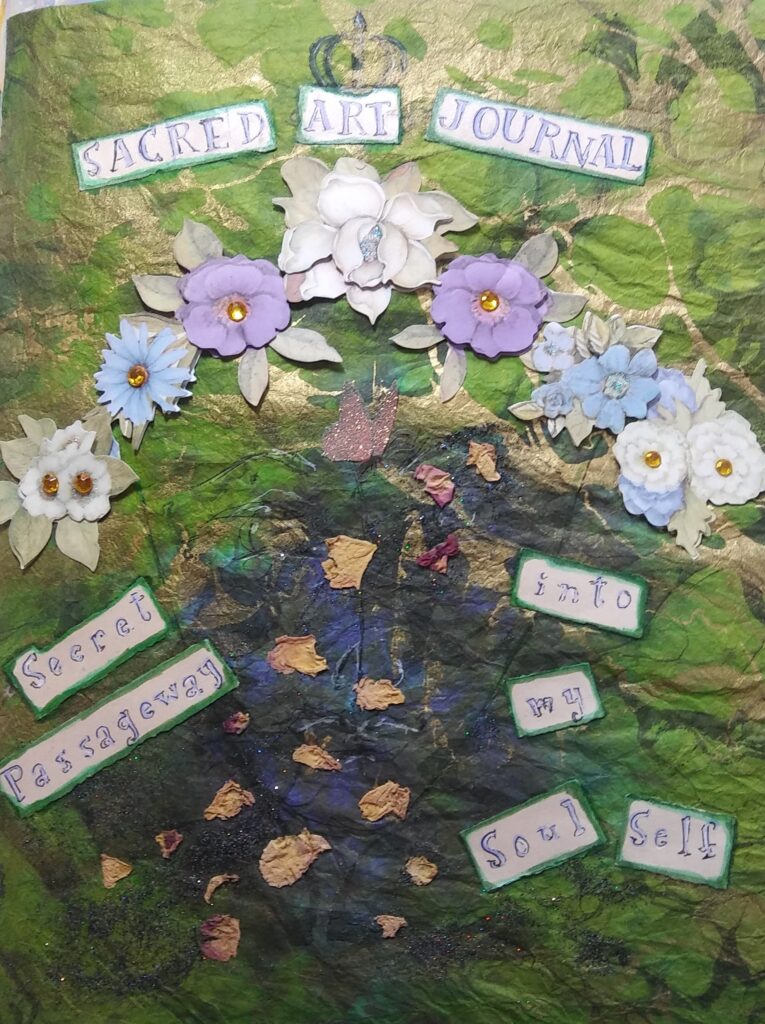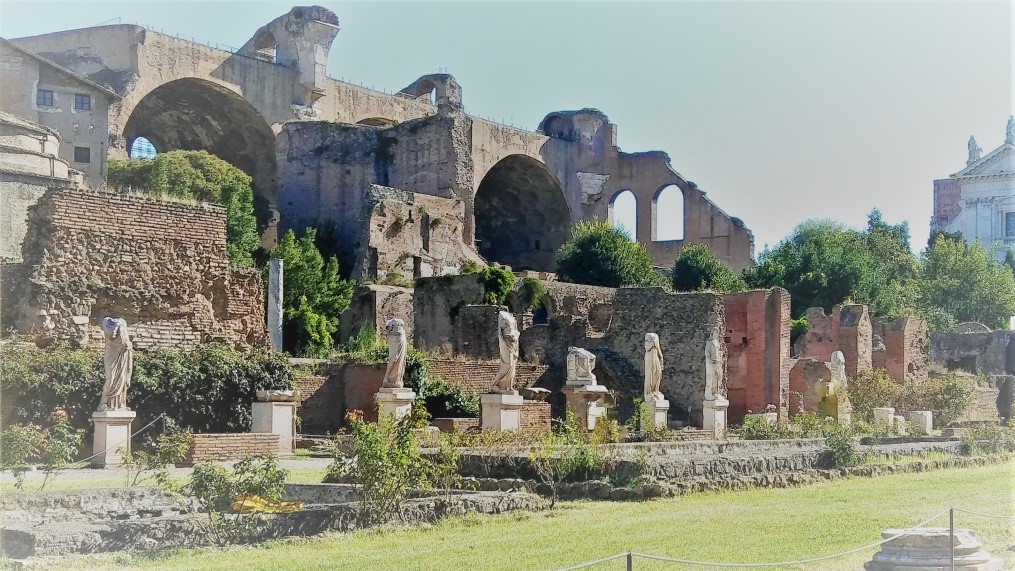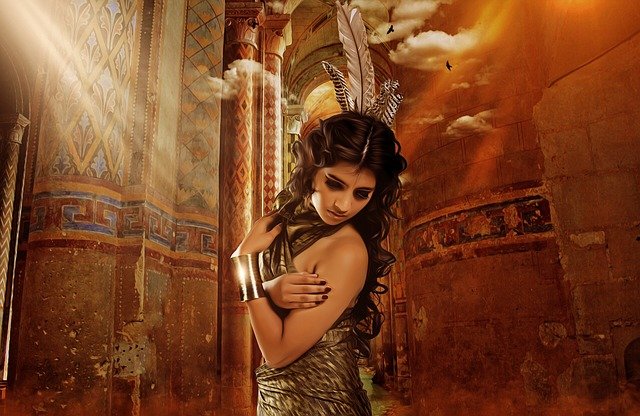Chinese - Taoist Alchemy
Taoism is a religious – philosophical system that was syncretized from other spiritual traditions. Taoist alchemical practice and lore was also adopted from other Eastern traditions, but developed some distinctive characteristics. As Taoism is largely the practice of living in harmony with nature, Taoist alchemy stresses more continuity between the physical and spiritual aspects of the practice.
The golden age of Taoist alchemy was from the second century BCE to the fourth century CE. The focus was on producing cinnabar—drinkable gold from an elixir of mercury and sulfur. It was believed that drinking cinnabar would allow one to recover ancient wisdom and achieve self-deification and immortality.
According to Taoist myth, there were Eight Immortals who actually achieved the perfect balance and achieved this otherworldly status. Of course, each of them allowed themselves to be absorbed into a spiritual state, before they shared their recipe, but is it noteworthy that at least one of them was definitely a female. (One’s gender was ambiguous). He Xiangu is usually depicted in art holding a peach or a lotus, and is revered by some as a spiritual protector of health.
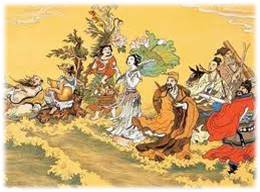
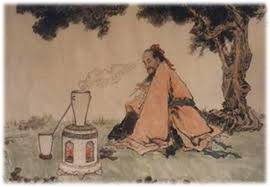
Tsou Yen, who may have been a contemporary of the Confucian sage Mencius, is considered by some to be the actual founder of Taoist alchemy. Like the stories of the Eight Immortals, he sought to transmute base metals to gold in a effort fo free the self of physical impurites and achieve spiritual perfection. What is particularly interesting about this method, is that the alchemical process was designed to imitate nature’s gestation of metals in the Mother Womb of the earth and overcome the limits and effects of time.
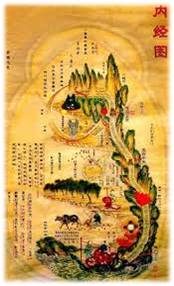
An ancient legend attributed to Liu An (77-76 BCE). Stresses:
The parallelism of the mythical mountain K’un Lun with the secret regions of the brain and belly.
The role of the “chaotic state” through meditation which allows one to penetrate the secret recesses of the cinnabar fields and prepare for the alchemical transformation of the embryo for immortality.
In this tradition, the prime material is an inner physical experience of the alchemist, in which he or she meditatively returns to the state of a fetus within the womb. In this manner, the perfection and transmutation of metals correspond to the perfection and transmutation of the individual.
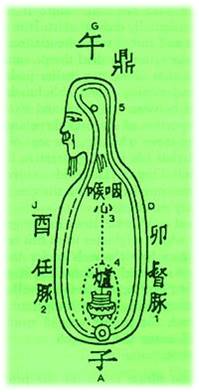
Indian - Hindu Alchemy
Arab and European travelers told of the yogi-alchemists who prolonged their youth through breath control and mineral remedies. Mercurial alchemy was probably introduced by the Arabs into India. It was believed that the ancient alchemists could fly and perform healing miracles. The famous Tantric philosopher, Nagarjuna, wrote many alchemical treatises that affirmed his belief that impure metals could be transmuted into pure gold.
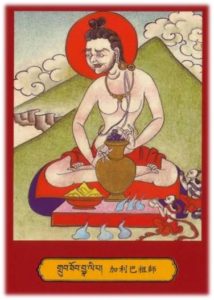
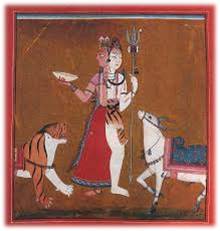
Hatha yogins corresponded their metallic operations to self-purification and ascetic tortures (projected onto the matter they worked with). Their meditative goal was to re-absorb the human physical, psycho-mental state into the primordial mode of nature. Thus, an yogic alchemist could free himself from the limits of time with an initiatory death and resurrection. Ancient texts express the belief that Shiva taught the process of “killing mercury” (adding sulfur, turns to the color of blood) to achieve transformation from a human body to a divine one. Of course, it is also believed that Shiva receives his dynamic agency from Goddess – Shakti energy.
Facebook
Twitter

